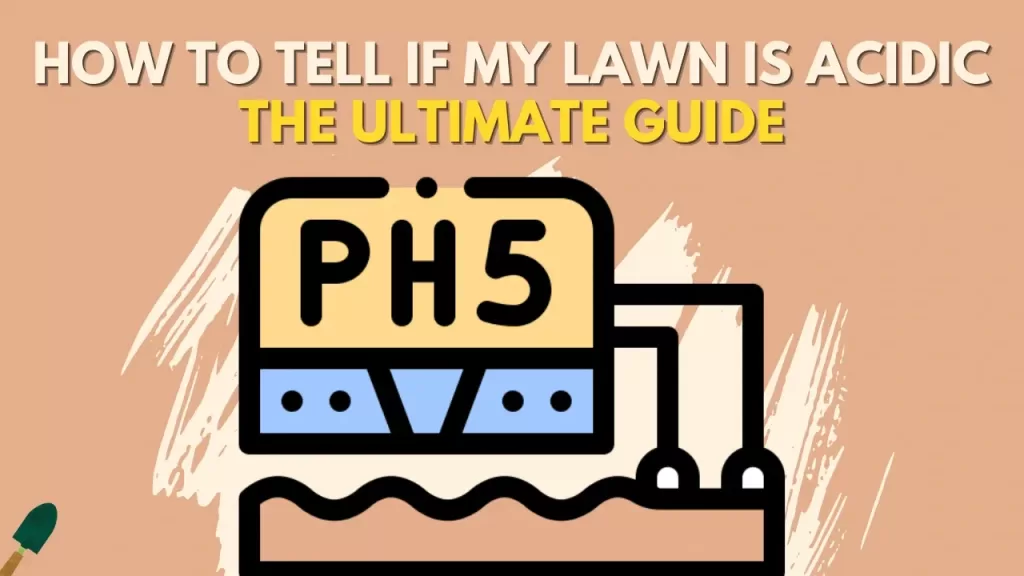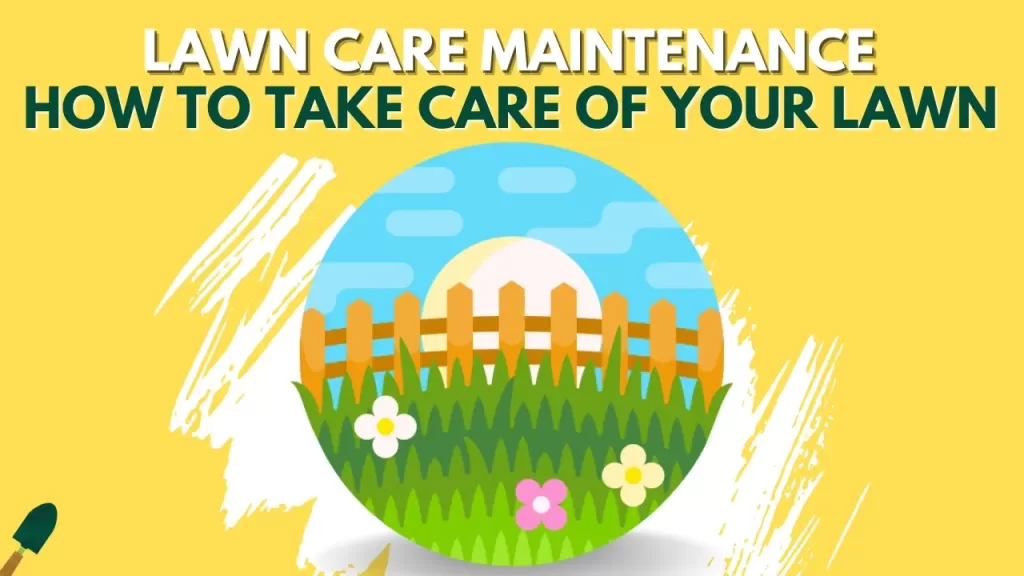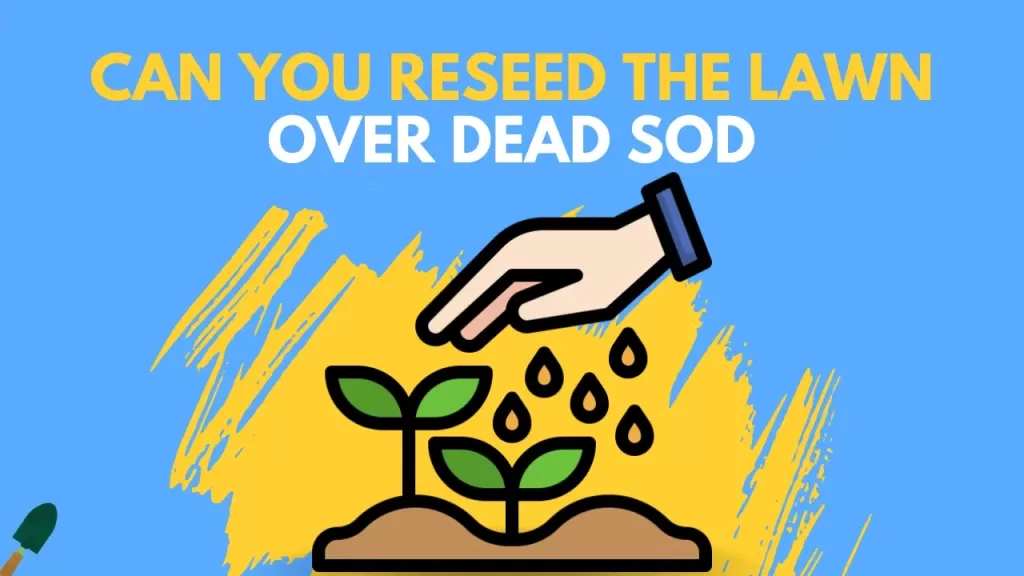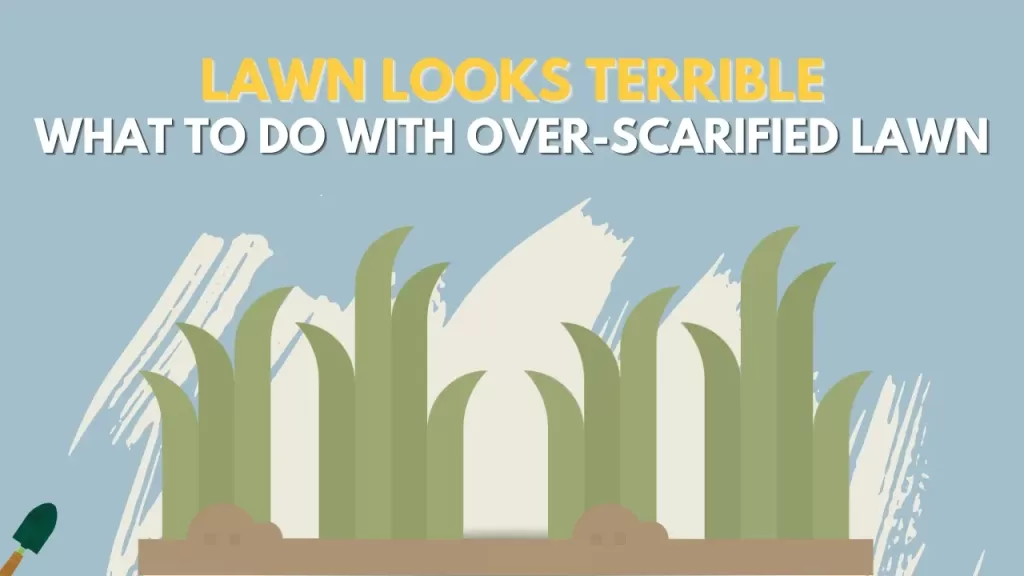Have you seen those green carpets of fluffy plants in abandoned places? Those carpets look beautiful but seem ugly when they grow on your lawn unwanted and make it look ugly.
To reseed the moss-covered lawn you need to first know what are the causes which are promoting moss growth like acidic or infertile soil, after knowing the cause you need to eliminate moss from your lawn by pulling it out or using dish soap solution and make sure it doesn’t come back. After doing all of these steps you can now reseed your lawn.
Now you know how you can reseed your moss-covered lawn but there are some other things that you should know about moss before taking the necessary steps to reseed your lawn. Let’s talk about that in detail.
What is moss?
Moss, (division Bryophyta) is 12000 species of small nonvascular spore-bearing land plant. Moss can be found all over the world except in salt water where it can’t grow. Moss loves to grow in moist and shady locations. You have probably seen mosses covered with full-carpet woodland.
Moses sometimes can be very useful as it stops soil erosion by making a cover over the soil and absorbing water. Moss also breaks down and provides nutrients to the soil which can be utilized by other plants succeeding it.
Is moss bad for my lawn?
Yes, moss is bad for your lawn. If moss starts to grow in your lawn then it can block grass growth by spreading rapidly all over your lawn. Moss is also bad because it is a very difficult plant to remove from your lawn once it establishes itself in your lawn. Moss growing in your lawn is also a sign that your lawn is in poor condition and needs some maintenance.
The reason behind your lawn full of moss
- Acidic soil – The first reason for moss growing in your lawn can be the pH level of the soil. If your lawn has a low pH level which is that your soil is acidic then it will block the growth of grass in your lawn which will make way for moss to grow in your lawn, which loves acidic lawn to grow and thrive. For a healthy and beautiful lawn, you need to maintain a pH level between 6-7 which is an ideal condition for lawn grasses to grow and thrive.
To know where you stand right now, test your soil for pH level and other nutrients and if you see that your lawn has a low pH level then apply garden lime to your lawn. Lime will help restore the pH level of the soil and make your lawn healthy again.
- Infertile soil – Infertile soil can also be a reason for moss growth as it cannot provide essential nutrients to the grass to grow, on the other hand, moss doesn’t need a lot of nutrients so it thrives on that infertile lawn. So do a soil test and see if your soil needs some nutrients and in which quantity and then give these nutrients to the soil by fertilizing it.
- Compacted soil – Compacted soil blocks all the essential nutrients like oxygen, water, and other nutrients to get to the roots of the grass and make your lawn thin and unhealthy. On the other hand, moss doesn’t have a deep root system and can thrive on compacted soil. To remove the compaction you need to dethatch and aerate your lawn.
- Shade in the lawn – Excessive shade can also damage your lawn and promote moss growth as moss loves shady and cool areas to grow. If you have excessive shade in your lawn then try to remove it, if there is a tree then cut out branches to make way for sunlight. If you can remove shade then reseed your lawn with grass that can survive and grow on shady areas like fine fescue or St. Augustine grass.
- Poor watering – Poor watering can also be a factor in moss growth in your lawn. If you don’t water your lawn properly then the lawn can get stressed out and make your grass thin and die which can make way for moss to grow. On the other hand, if you do excessive watering in your lawn then it can rot the roots of the grass and the grass will die and make way for moss which loves moist and excessive water in the soil.
For proper watering, do an infrequent watering 2 times a week of about 1.5 – 2 inches deep in the morning so that your lawn can absorb all the water before the heat of the sun evaporates it. This will promote a deep root system of the grass and make your grass drought resistant and thrive in your lawn.
Make a proper drainage system in your so that water doesn’t clog anywhere making the roots rot and killing the grass. Improve the grading of your lawn so that excess water can drain out.
- Stressed lawn – A lawn that is stressed due to other factors can also promote moss growth and make your lawn look ugly. These stresses can be caused by insect attacks, fungi, or some diseases. Excessive foot traffic can also stress your lawn and damage it. Mowing too low can also damage your lawn.
For insects and fungus, apply pesticides to your lawn to eliminate them and try to reduce foot traffic in your lawn.
If you can’t reduce foot traffic then reseed your lawn with grass that can tolerate foot traffic like St. Augustine or Bluegrass.
Mow your lawn at 2-3 inches in length to promote grass growth and make it healthy and beautiful.
How to kill moss in your lawn?
- Pull it out – the best way to kill or eliminate moss in your lawn is to remove it manually. You can use a rake or you can scoop it out. You can use a mower to remove the moss by attaching a dethatching blade to it. Adjust the mower height so the flexible blade just touches the surface of the soil to strip away the moss without damaging the surface of the lawn. There will be some parts of the moss left behind but you can remove it with the help of a rake or by hand. But if you have not addressed the problems which enable the moss to grow in your lawn then it’s likely that the moss will grow back in your lawn. To address the problem first so that moss doesn’t come back.
- Using dish soap – the second method to eliminate moss in your lawn is to apply a dish soap solution over the moss. For small patches, mix 2 ounces of dish soap and 1 gallon of water. Fill it in the hand spray and spray it to the moss directly holding the spray a few inches away from the moss. Try to just apply it in the moss and not in the grass as it can harm your grass and create more patches. For a bigger area, double the size of the solution.
After the application, the patches of moss will turn yellow or brown in a day or two and eventually dry up. Now you need to dig up the moss with the help of a rake or by hand as the dish shop doesn’t kill the whole moss, it just kills the upper part leaving the roots alive. So you need to make sure you have removed all of it from the lawn or it will grow back.
After removing all the moss, throw it in the isolated bin. Don’t compost it as it can promote moss growth in your lawn through spores.
Wait for a week or two before reseeding the bare patches as dish soap can block seed germination and all your effort can go in vain.
What is the best time to apply the moss killer?
Late spring or early fall is the best time to apply the moss killer. Killing moss is done in this period because you want to reseed your lawn after that, and the best time to reseed your lawn is early fall.
Always apply the moss-killer solution when the lawn is moist. Also, check the weather to make sure that there’s no rain coming in 10 to 12 hrs so that the solution can work and doesn’t wash away with rain.
If you want to remove moss from the roof then try to remove it with commercial preparations and not with dish liquid solution as it can damage roof tiles.
Reseeding Mossy Lawn
Reseeding the lawn is very crucial as it will make you look thick and beautiful again and block the growth of moss and any other unwanted plant. By now you would have known why moss is growing in your lawn and how you should remove it. Now let’s talk about how you will fix your lawn after removing moss from your lawn.
- The first thing which I do and experts also advise is to divide the batch of seed into two equal parts for application.
- Take one batch of seed and start seeding your lawn vertically up and down with the seeder, then take the other batch and do the seeding again but this time horizontally up and down. This will ensure that you don’t leave out any part of yourself.
- After seeding you need to cover the grass seed with the help of a rake. Try to cover your seed with one inch of soil on top of it. If you don’t want to rake it then you can apply mulch over your lawn to cover it up. Both methods will work and help the seed germinate well.
- After covering the seed, water your lawn very lightly 4 to 5 times a day to keep the soil moist all the time. Make sure to just water it lightly so the seeds don’t wash away by heavy watering. Moist soil will speed up the germination process as the seed needs cool conditions to germinate.
- After seeding and watering your lawn, apply a starter fertilizer to your lawn to provide all the essential nutrients to the grass which will help the grass to grow healthy and thick.
- After watering lightly for a few days you will see little sprouts coming from the soil. When the grass is 4 to 5cm long. Switch the watering from light to deep infrequent watering. Water your lawn 2 times a week to promote a deep root system that will make the grass drought resistant.
- The last step is to take care of the lawn by taking care of your lawn by mowing, watering, and fertilising.
Preventing moss growth in your lawn
Now you remove moss from your lawn and reseed it to make it lush and thick, but you need to make sure that moss doesn’t come back to your lawn.
- To prevent moss growth check the pH level of your lawn every six months and make sure it’s between 6.5 to 7, which is considered to be best for a healthy lawn. If you find it less than 6, then you should apply garden lime which will increase the pH level of the soil and prevent moss growth.
- Proper watering is also important to prevent moss growth as moss loves wet lawns so make sure to do infrequent watering in your lawn.
- Removing any shade from your lawn is also crucial as moss loves to grow in shady areas. By removing shade you are making sure that moss has no chance to grow on your lawn.
HOPE YOU FIND THE ARTICLE USEFUL AND WILL HAVE A MOSS-FREE LAWN IN THE FUTURE.





